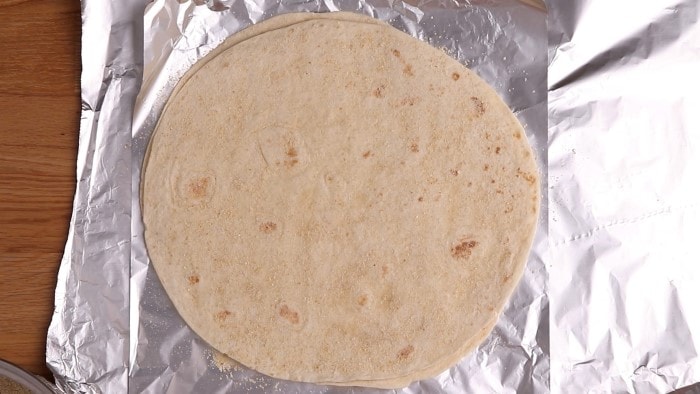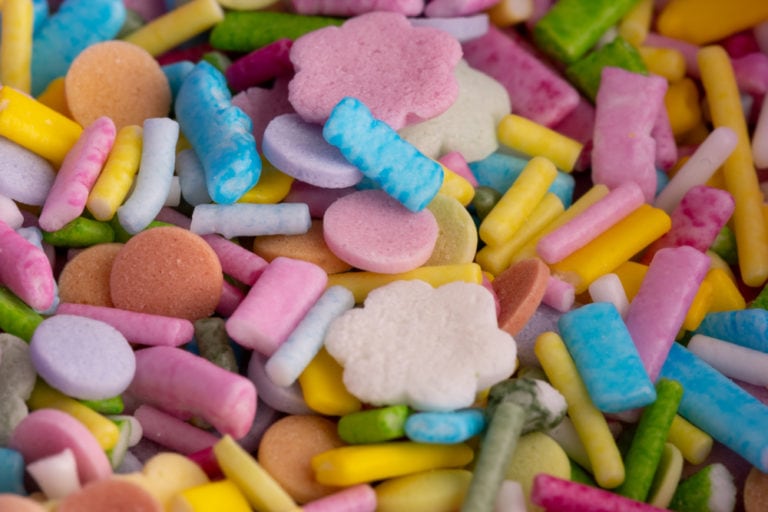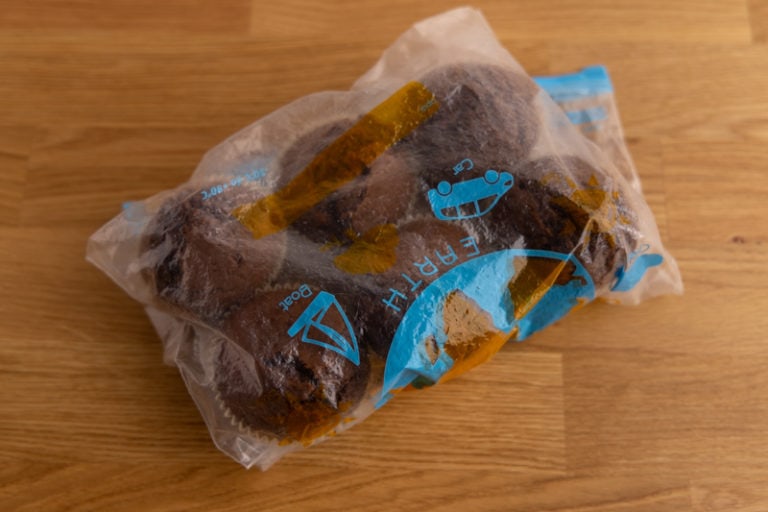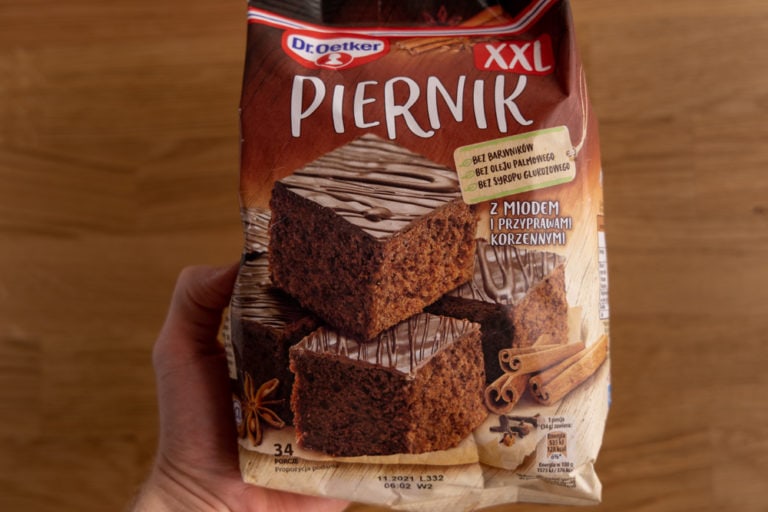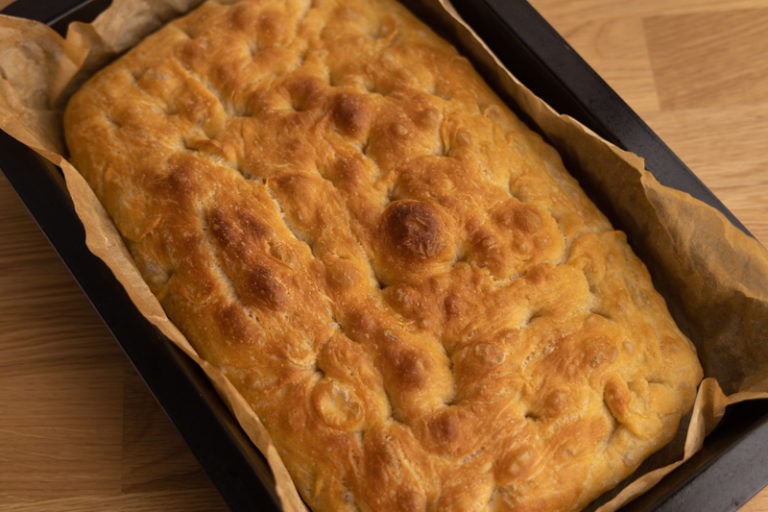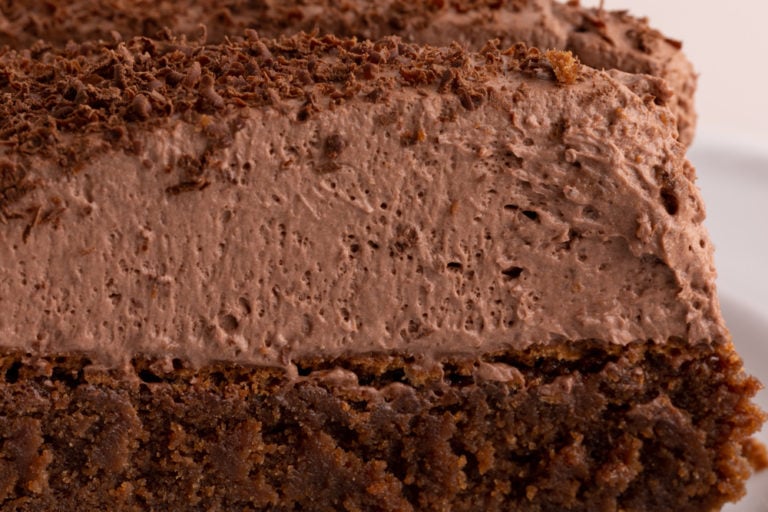How Long Does Bread Last and How to Tell if It’s Bad?
Here’s all you need to know about the shelf life and spoilage of bread. Learn how long bread last, how to store it, and how to tell if your bread is spoiled.
Bought an extra loaf of your favorite bread? If you still haven’t finished after a few days, you’re probably wondering: how long does bread last before it goes bad?
Or maybe yours looks kind of iffy, and you want to know what spoilage signs you should look out for.
Sounds familiar?
If so, this article is for you. Read on.
The reason why bread goes stale is that the starches within the product start degrading. Because of that, wrapping the bread before storage is so important.
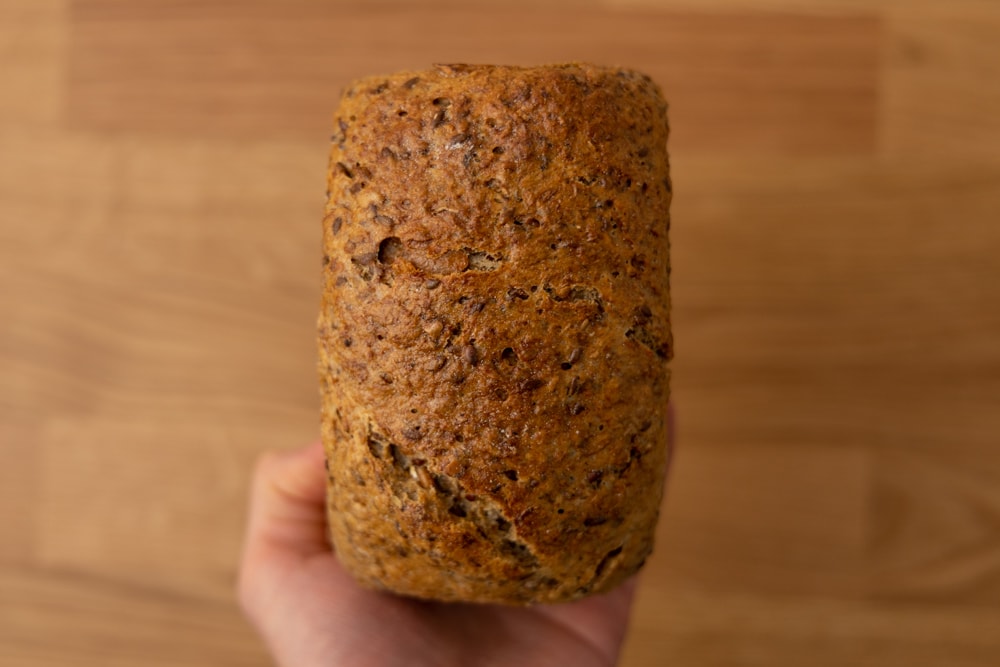
How Long Does Bread Last?
| Pantry | Fridge | Freezer | |
|---|---|---|---|
| Store-bought bread | 5 – 7 days | 7 – 12 days | 3+ months |
| Homemade bread | 3- 5 days | 5 – 8 days | 3+ months |
Store-bought bread, no matter if multi-grain, whole-grain, or white, lasts about 5 to 7 days covered at room temperature. While it might still be safe to eat after a week, it’ll most likely be stale by that point.
Transferring the bread into the fridge and sealing it tightly will extend its shelf life for a few days. And if you want to extend it even further, you can freeze bread.
Those are the rough estimates that work most of the time.
As usual, the way you store bread is crucial to how long it stays good for. If you leave it uncovered or half-open, it’ll lose quality much sooner than if it’s sealed in a bread box or paper bag.
Plus, some breads retain quality better than others, so you need to do some testing to figure out how long your favorites keep.
Homemade bread typically has a slightly shorter storage time between 3 to 5 days for best quality. It goes stale and bad sooner than store-bought bread, but it still lasts longer than a baguette (check out my How to store a baguette article).
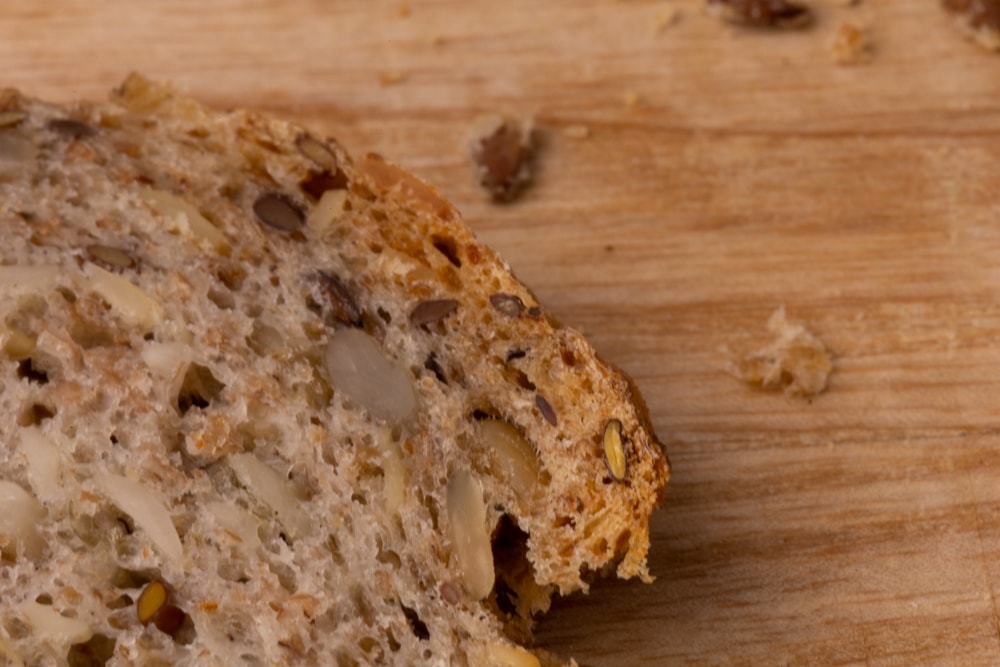
How to Tell if Bread Is Bad?
Discard your bread if it’s moldy, smells off, or tastes bad. If it’s dry and stale but otherwise okay, you can make breadcrumbs or croutons, bake bread pudding, or simply feed it to the birds.
There are some pretty obvious signs of bread being bad.
Visible signs of mold or white, black, blue, or green spots on the bread are a sure sign it has spoiled, and you should discard it.
If your store-bought bread smells like vinegar, yeast, or even alcohol, get rid of it too.
When spoilage is so far underway that you can smell it, it’s time to cut your losses and toss out the bread. Yes, even when there are no visible signs of spoilage and it “just smells bad.”
If the bread looks and smells fine, it’s likely safe to eat. To confirm, eat a small piece (without butter or anything). If it tastes sour, throw it out. Otherwise, the bread is likely to be perfectly safe to eat.
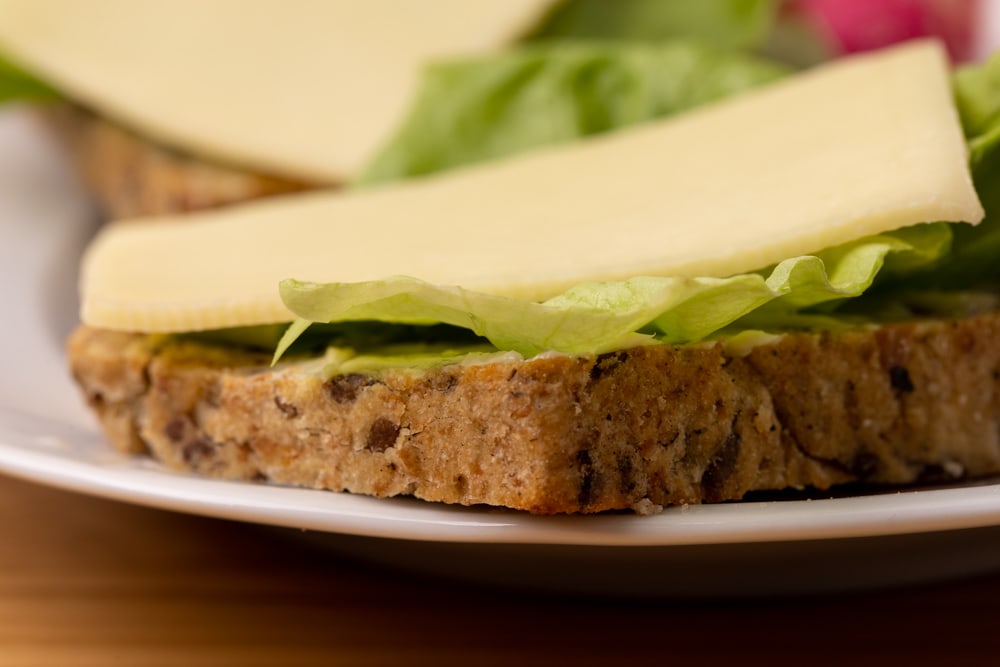
What we’re left with is stale bread.
Stale bread is dry and tough. It is not spoiled, however. At least not in the sense that it will make you ill. It’s perfectly safe to eat, maybe just not the most pleasant to consume.
You can eat it anyway, throw it out for quality reasons, or use it in one of the ways mentioned above. It’s up to you.
One nice trick when it comes to somewhat stale bread is heating it in a toaster maker or the oven. It tastes much better after the heat treatment.
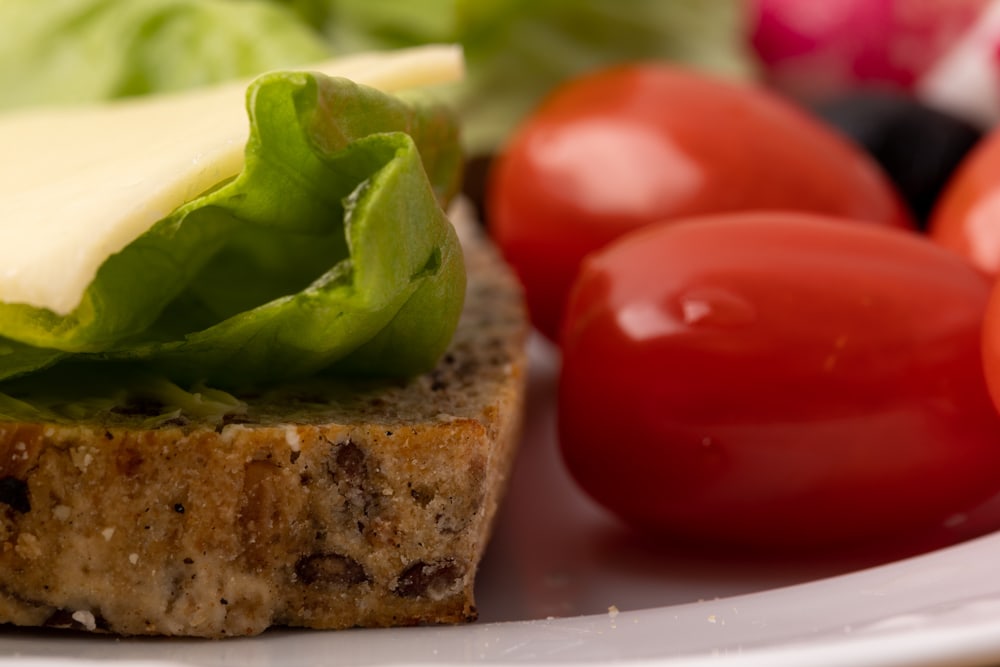
How to Store Bread
When it comes to storing bread, there are three options for you to choose from. Each has its pros and cons.
Storing bread at room temperature
Storing bread in the pantry or on the kitchen counter is the default way for most of us. As long as it’s unopened in its original packaging, it doesn’t require any additional layers of protection.
Once you open the package, make sure to keep it sealed tightly at all times.
If sealing using the original bag is not an option, transfer the bread to a breadbox or a plastic storage bag. You want to protect the loaf from moisture and air because they increase the risk of mold growth.
For freshly baked bread with no packaging, you can use a brown bag to store the bread in the pantry. Just place the loaf in a brown bag, fold the top of the bag and secure it with paper clips to seal.
Keep the bread in a cool, dry place away from direct sunlight to extend the bread’s shelf life.
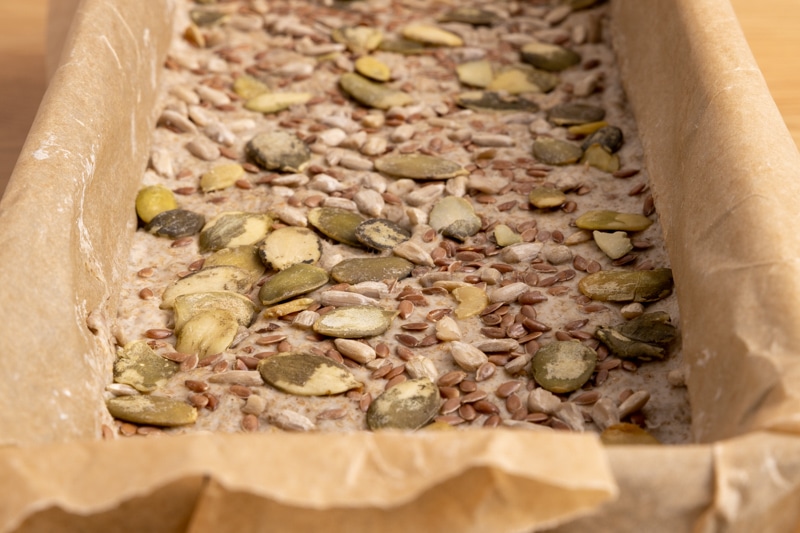
Storing bread in the fridge
Storing bread in the fridge is the second option. There’s a lot of misinformation on the Internet saying that you shouldn’t store bread in the refrigerator.
The main point is that the cold temperature dries out the bread and makes it stale faster. That’s true as long as the bread is not sealed tightly.
If it’s appropriately isolated from the environment in the fridge, for example in a freezer bag or original plastic packaging (if it’s left untouched), it stays moist. The same applies to focaccia bread and similar baked goods.
Related: How to store focaccia?
In short, you can store bread in the refrigerator to keep it fresh for a few days longer. That also works for extending the storage time of banana bread and bagels.
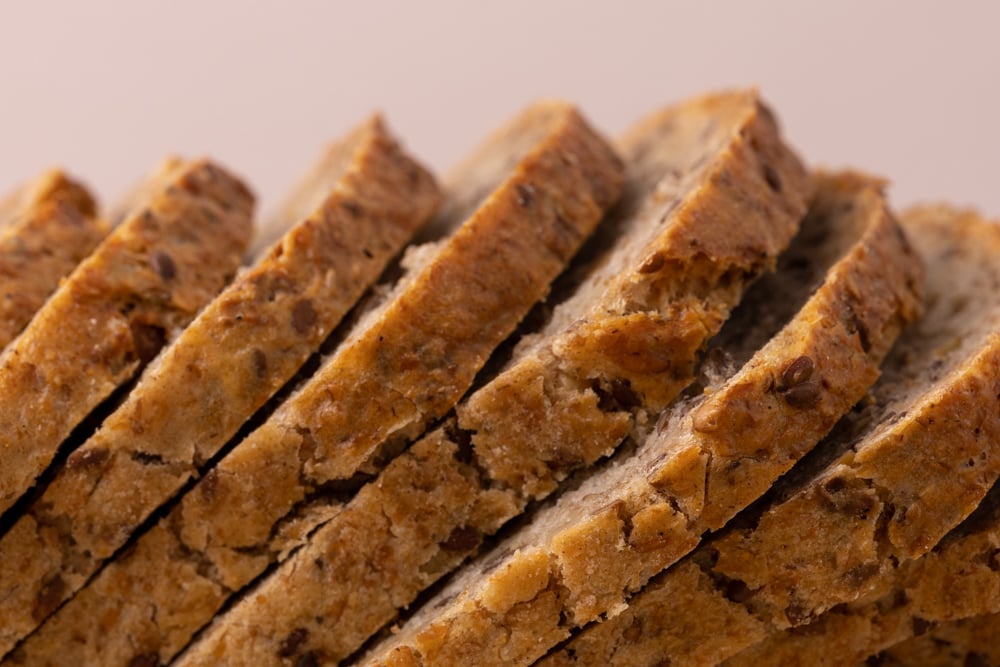
Rotten Records: Share Your Snap!
Caught some food past its prime? Upload your photo to “Rotten Records” and help others spot the signs of spoilage. Every image makes our food community safer and more informed!
